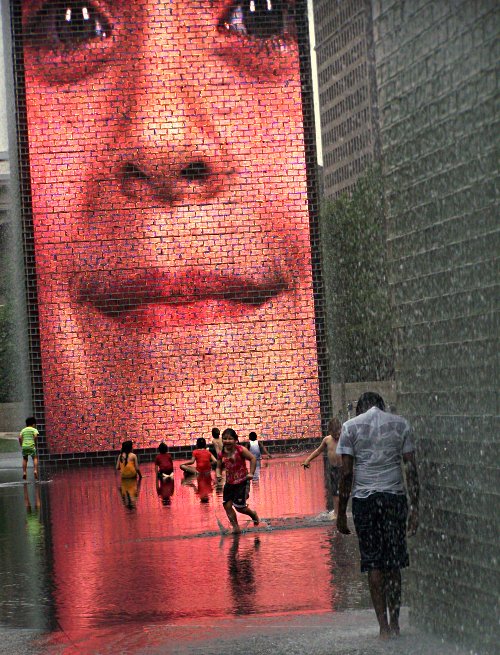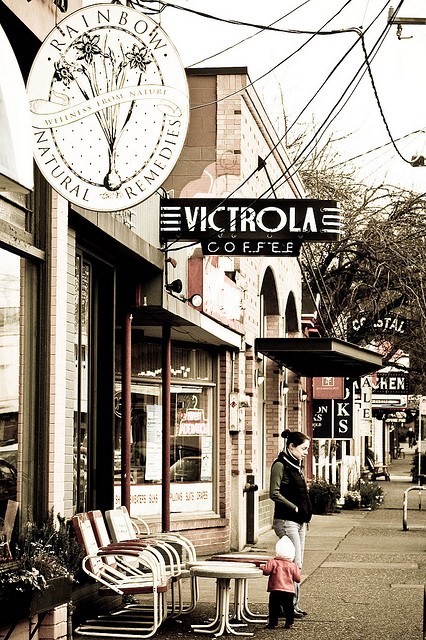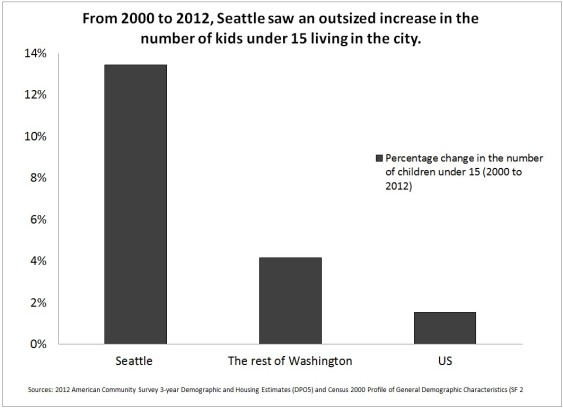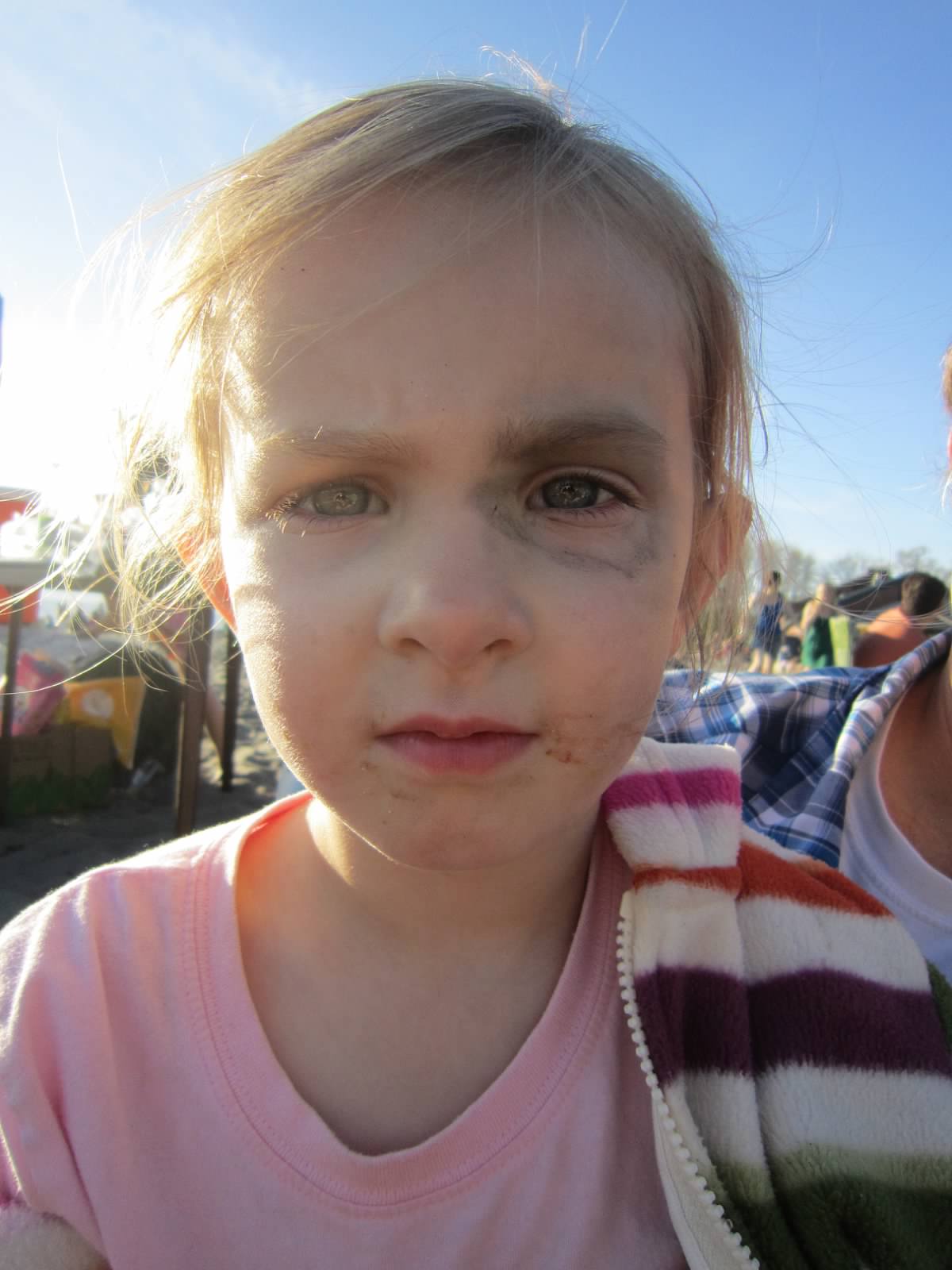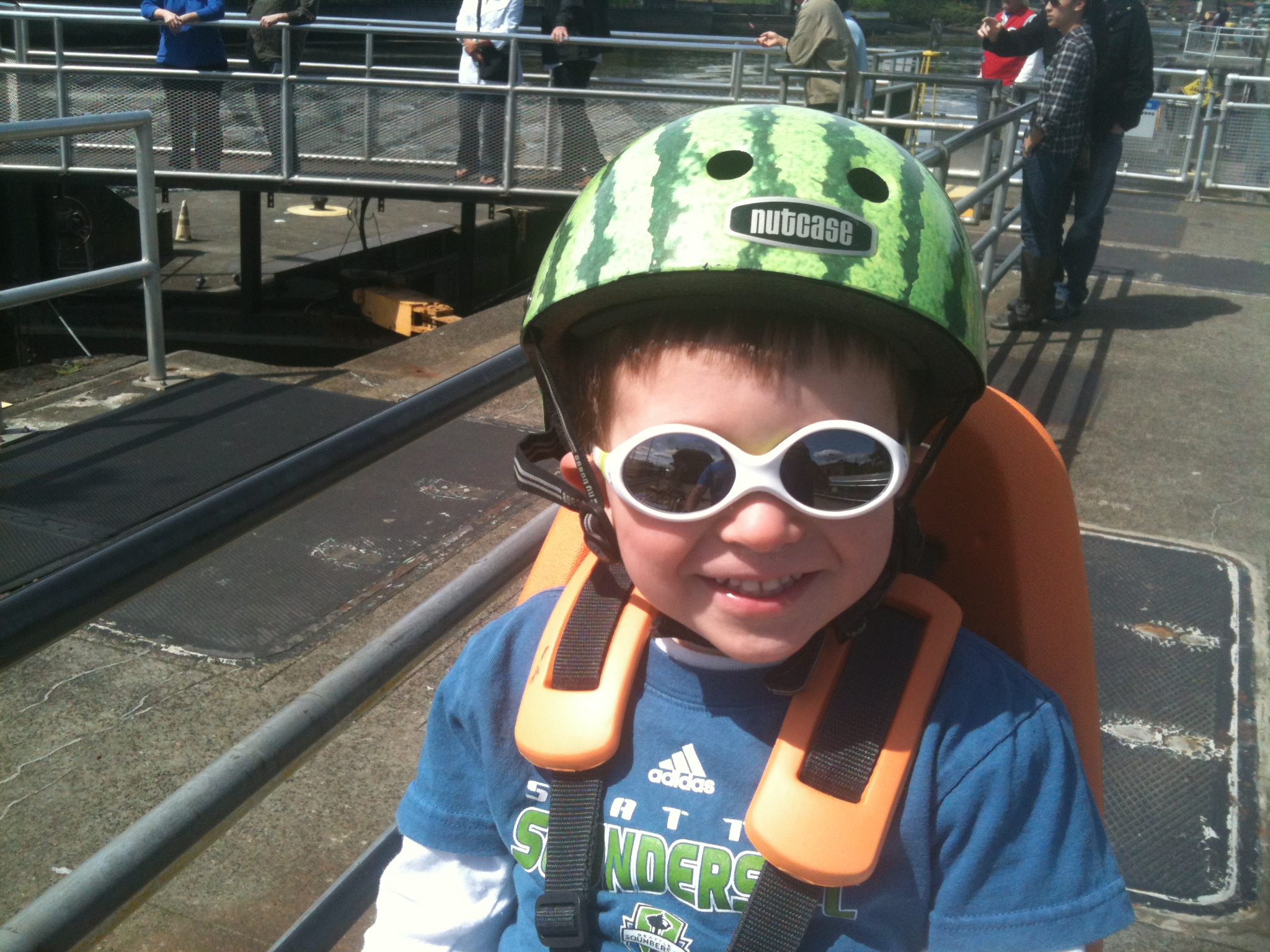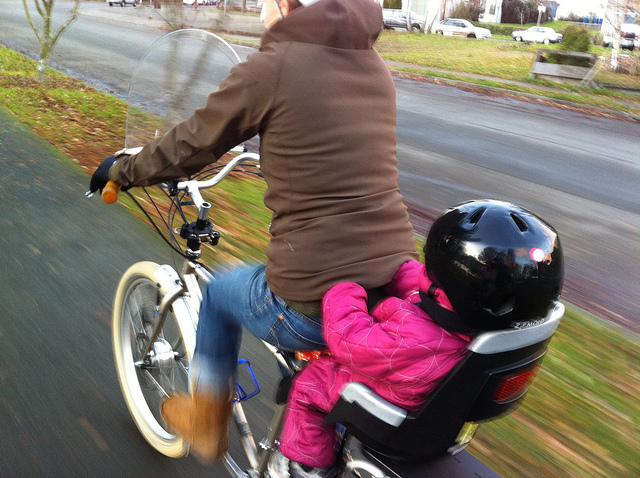Former Seattle Planning Commissioner Sarah Snider Komppa spent months visiting and comparing 10 North American cities to answer the following questions: What makes dense urban areas attractive to kids and parents? Why do some give up and move to the suburbs? What are the necessary ingredients to support families living downtown? What policy changes do we need to make?
Komppa took the time to answer some questions about what her travels and research in Boston, New York, Brooklyn, Chicago, Denver, Minneapolis, Washington DC, San Francisco, Toronto, and Vancouver BC can teach the Northwest about ingredients for family-friendly cities.
Q: First of all, if I’m someone without kids, why should I read this?
A: Cities that are great for children are great for everybody. Think about what type of transportation system you might want to ride as a young single woman in the city. If it’s safe for a 12-year-old to ride a transit system alone, then it’s probably safe for you. If there’s a neighborhood that’s safe for a ten-year-old to walk across the street and play with his friends and walk home to his apartment building, that park is probably going to be pretty enjoyable for seniors or young professionals in the city.
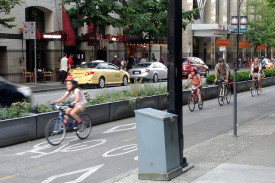
Taking kids’ needs into account and having a mix of ages in a city just enhances its sustainability and longevity over time because you’re not constantly trying to reinvent the wheel—it just works for everyone.
Q: How does kid-friendly housing look different from the condos and apartments more commonly built today?
A: Outdoor communal space—whether that’s a courtyard or rooftop or podium deck—is really important. You need to have some place for kids to be outside. You also need to have indoor community space that’s flexible. In New York, they build internal playgrounds or playrooms and parents or caregivers just come down with the kids. Sound isolation is important, though I would argue that’s important whether you have a barking dog or a screaming baby. Ground floor bike storage is important for singles and young parents, and it also works for strollers too.
